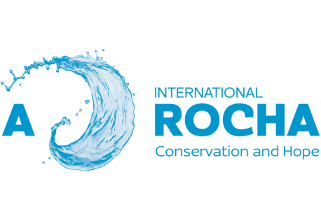LiDAR detects logged forest
Airborne LiDAR detects selectively logged tropical forest even in an advanced stage of recovery
Remote Sensing 7(7), 8348-8367 (2015)
Rafi Kent 1,2,, Jeremy A. Lindsell 3,4, Gaia Vaglio Laurin 5, Riccardo Valentini 5,6 and David A. Coomes 1,
1 Forest Ecology and Conservation Group, Department of Plant Sciences, University of Cambridge, Downing St., Cambridge CB2 3EA, UK
2 Department of Geography and Environment, Bar-Ilan University, Ramat-Gan 5290002, Israel
3 RSPB Centre for Conservation Science, The Lodge, Sandy, Bedfordshire SG19 2DL, UK;E-Mail: jeremy.lindsell@gmail.com
4 A Rocha International, 89 Worship Street, London EC2A 2BF, UK
5 Euro-Mediterranean Center for Climate Change (CMCC), IAFENT Division, via Pacinotti 5, Viterbo 01100, Italy; E-Mails: gaia.vagliolaurin@cmcc.it (G.V.L.); riccardo.valentini@cmcc.it (R.V.)
6 Forest Ecology Lab, Department for Innovation in Biological, Agro-food and Forest systems (DIBAF), University of Tuscia, Viterbo 01100, Italy
Abstract
Identifying historical forest disturbances is difficult, especially in selectively logged areas. LiDAR is able to measure fine-scale variations in forest structure over multiple kilometers. We use LiDAR data from ca. 16 km2 of forest in Sierra Leone, West Africa, to discriminate areas of old-growth from areas recovering from selective logging for 23 years. We examined canopy height variation and gap size distributions. We found that though recovering blocks of forest differed little in height from old-growth forest (up to 3 m), they had a greater area of canopy gaps (average 10.2% gap fraction in logged areas, compared to 5.6% in unlogged area); and greater numbers of gaps penetrating to the forest floor (162 gaps at 2 m height in logged blocks, and 101 in an unlogged block).
Comparison of LiDAR measurements with field data demonstrated that LiDAR delivered accurate results. We found that gap size distributions deviated from power-laws reported previously, with substantially fewer large gaps than predicted by power-law functions. Our analyses demonstrate that LiDAR is a useful tool for distinguishing structural differences between old-growth and old-secondary forests. That makes LiDAR a powerful tool for REDD+ (Reduction of Emissions from Deforestation and Forest Degradation) programs implementation and conservation planning.
